Need Cab?: Call: +91-9873171317
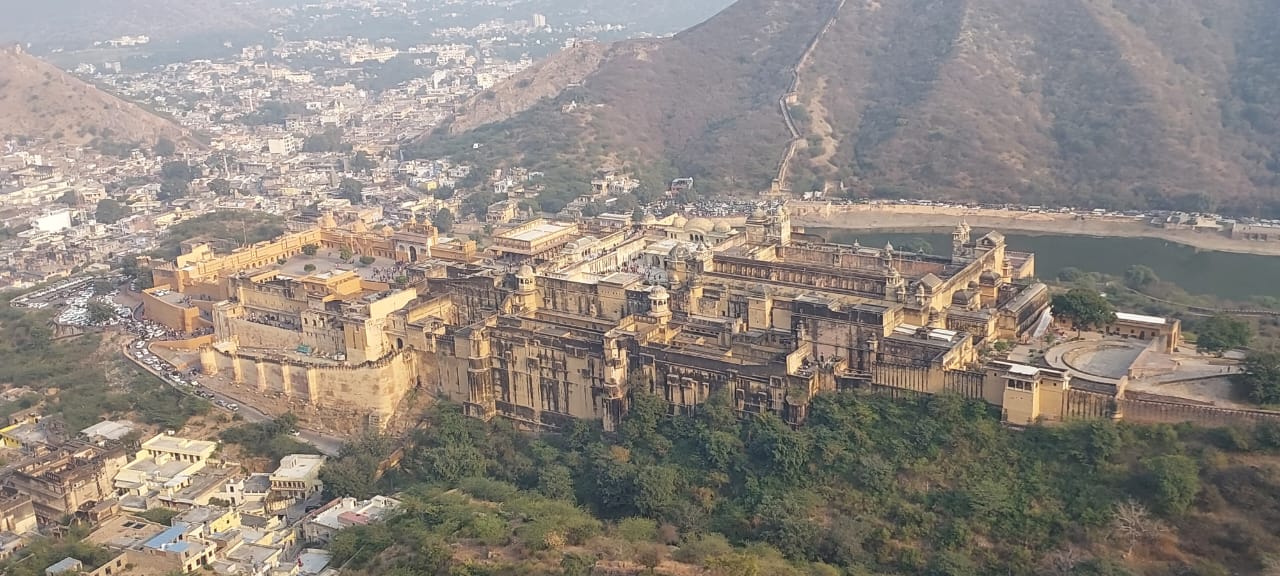
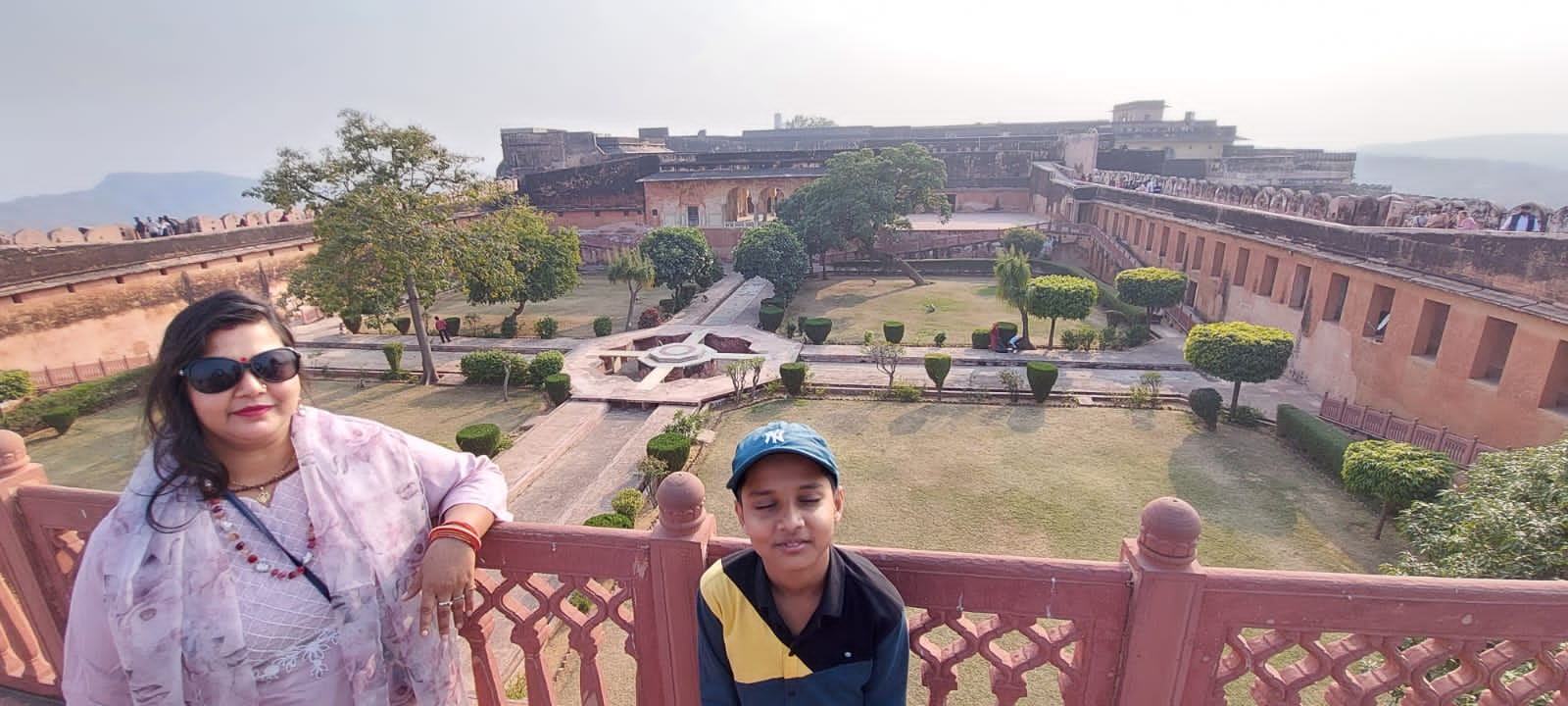
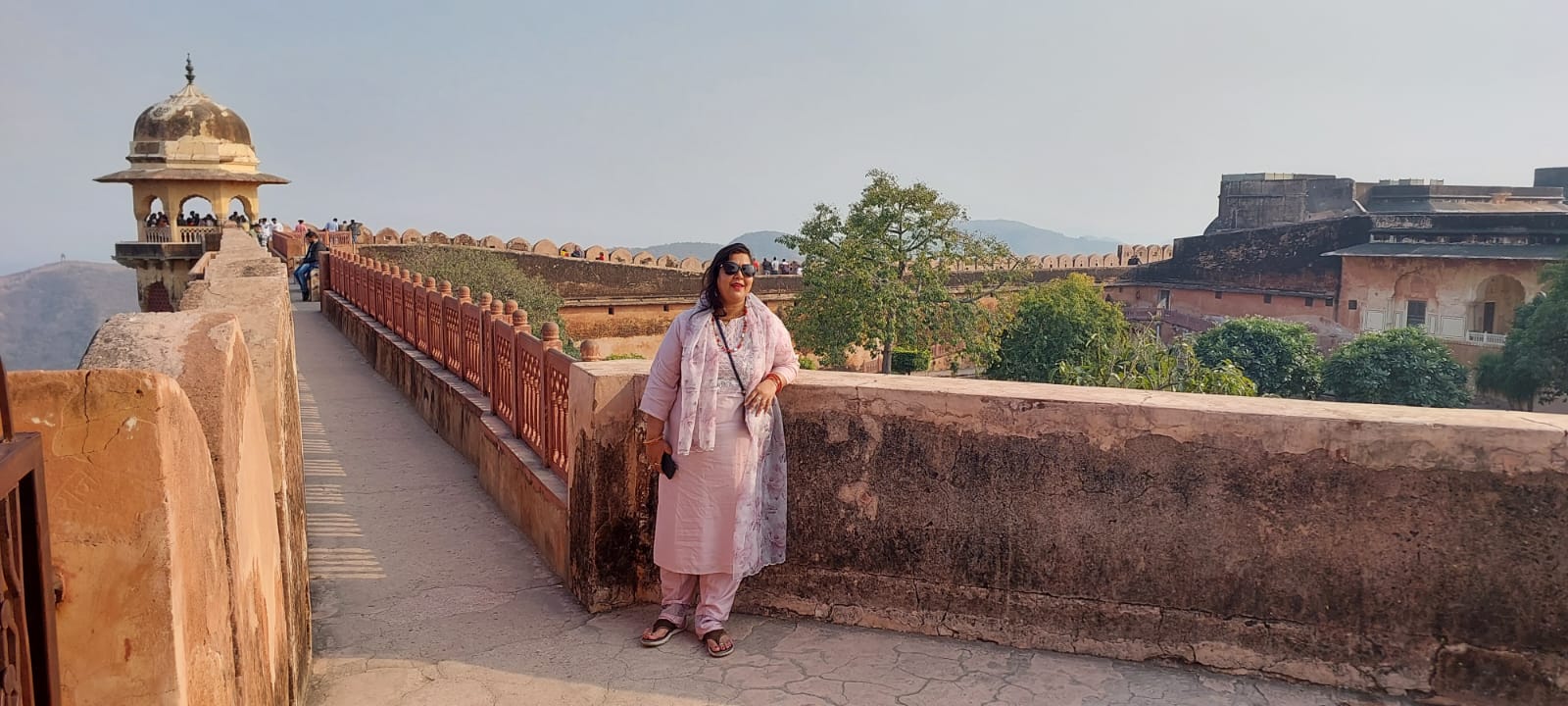

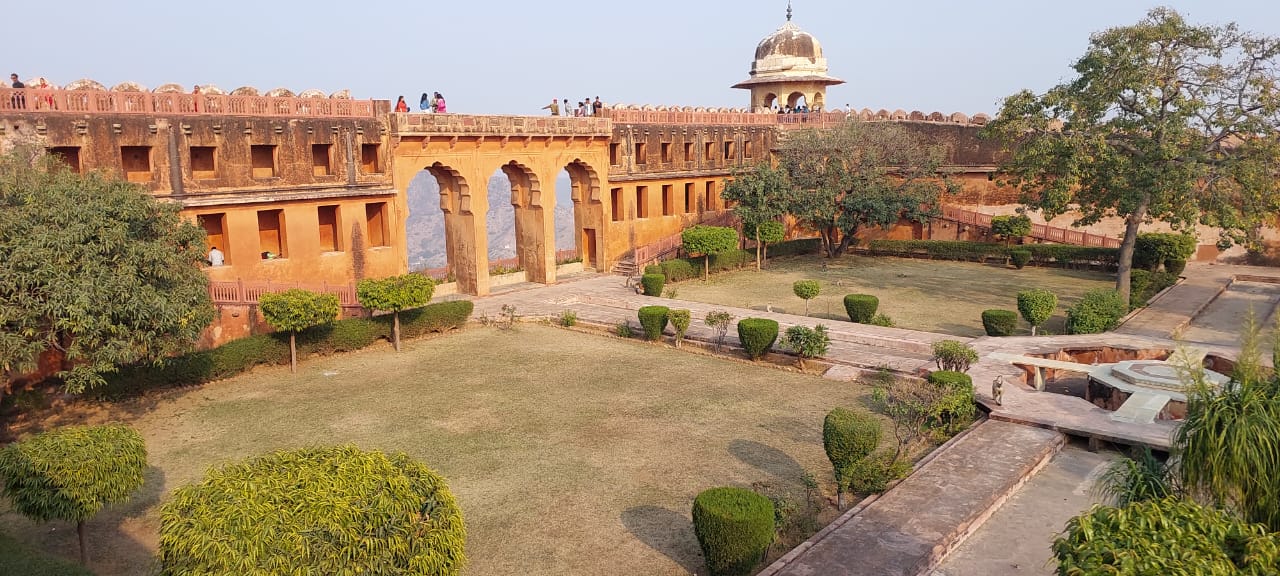
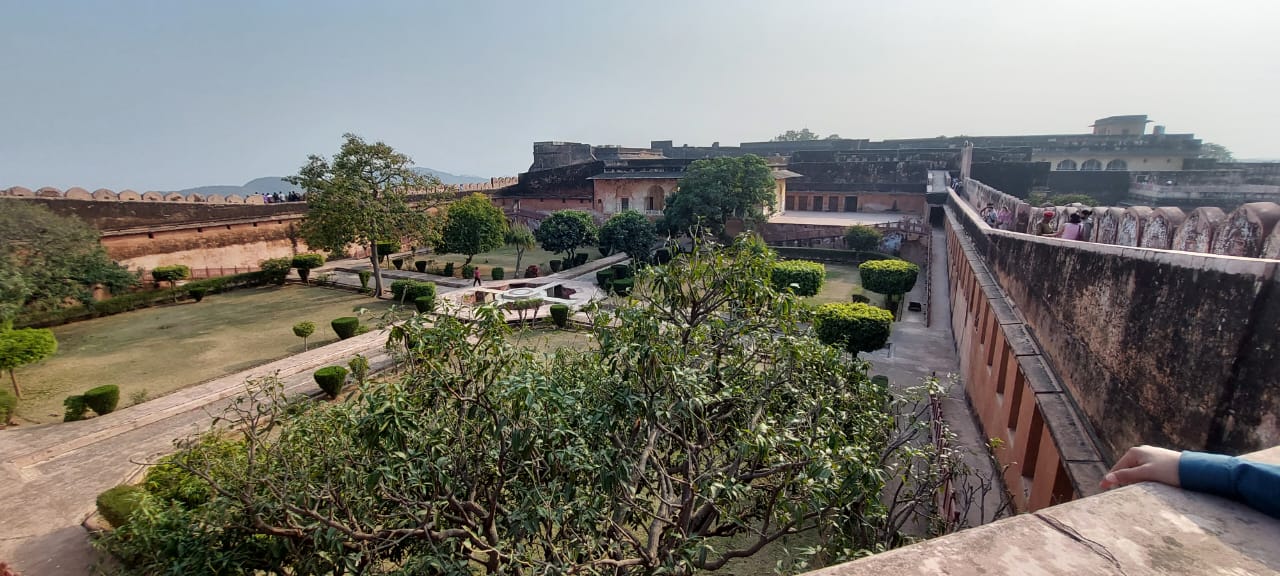
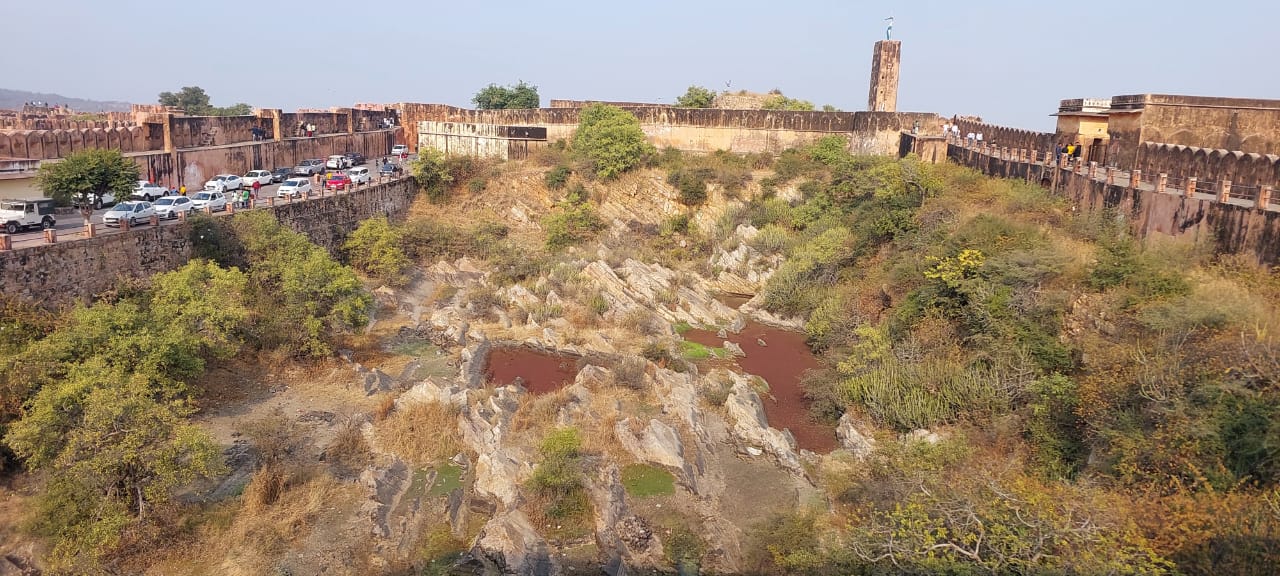
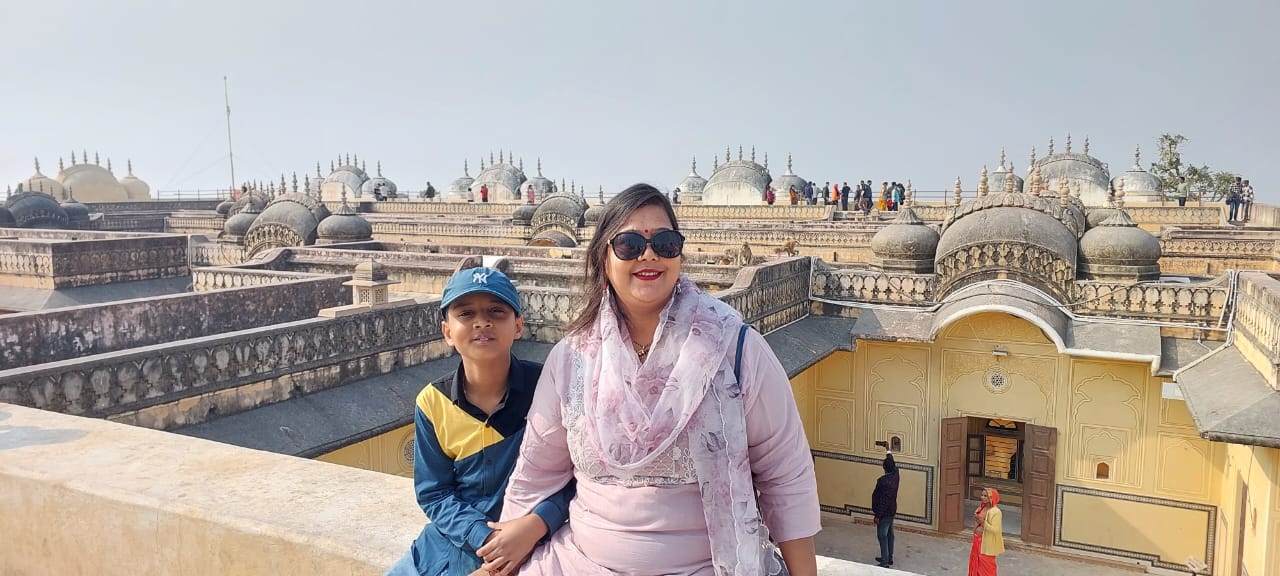
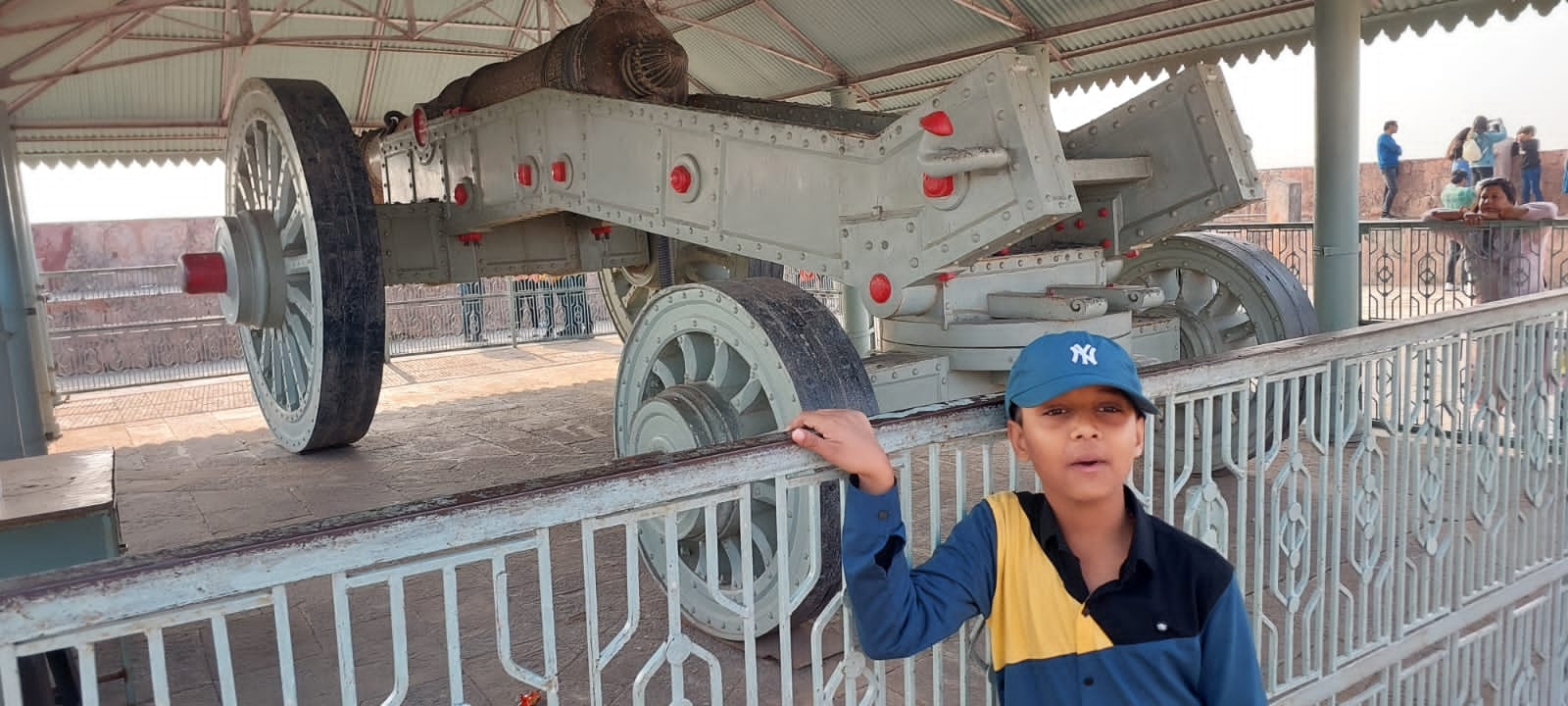
Itinerary
Welcome to capital of India! Arrive Delhi, meet assist at the airport & transfer to hotel. Overnight at Delhi.
Breakfast in hotel, after breakfast proceed for sightseeing of Old Delhi & New Delhi. OLD DELHI - A sight-seeing tour of Old Delhi would entail visiting:- Red Fort - The red sandstone walls of Lal Qila, the Red Fort, extend for two km and vary in height from 18 metres on the river side to 33 metres on the city side. Shah Jahan started construction of the massive fort in 1638 and it was completed in 1648.Jama Masjid - Jama Masjid The splendid mosque built by Muhammad Ali Shah in the typical Mughal style with two minarets and three domes, lies to the west of the Hussainabad Imambara, Raj Ghat - the memorial site where Mahatma Gandhi was cremated. NEW DELHI - An extensive sight-seeing tour of New Delhi would include a visit:- Humayun's Tomb - Built in the mid 16th century by Haji Begum, senior wife of Humayun, the second Mughal emperor, Humayun's Tomb is an early example of Mughal architecture built in Delhi. Qutub Minar - 13 km to the south of Connaught Circus at Lalkote of 8th century Tomor Rajputs, the 72.5 m high Victory Pillar stands as a victory stand of a Muslim King Kutub-ud-din-Aibak in India. A drive along the ceremonial avenue - Rajpath, past the imposing India Gate, Parliament House, the President's Residence, Lotus Temple and would end with a drive through the Diplomatic Enclave. Overnight at Delhi.
Early Morning After Breakfast in the Hotel drive to Jaipur,after reaching Jaipur Check in into Hotel, and after that proceed for Sightseeing : - CITY PALACE - The City Palace is a blend of Mughal and Rajasthani architecture and the royal family still lives in a part of the Palace. The building now forms the Maharaja Swai Man Singh II Museum and on display here are a wide array of royal costumes, some vary exquisite and precious pashmina (kashmiri) shawls, Benaras silk sarries sauganeri prints and folk embroidery. An unusual display is that of voluminous clothes worn by Maharaja Sawai Madho Singh I (Ruled 1750 -1768). JANTAR MANTAR - Jantar Mantar (Observatory) has the Jaiprakash Yantra, Samrat Yantra, Ram Yantra and the Composite instrument, which comprises of a sundial and a massive hemisphere. The Jantar mantar in Jaipur is the most famous one among the five observatories built by Sawai Jai Singh. HAWA MAHAL - The Hawa Mahal, which adjoins the famous City Palace wall, was built in 1799 by Maharaja Sawai Pratap Singh and has now become one of the major landmarks of Jaipur. The palace is shaped like a pyramid and is a five-storied building, with number of small windows and screens, with arched roofs. Since the Hawa Mahal was built at a time when women of the royal families had to observe strict purdah, many believe that the Hawa Mahal was built, just so these ladies could watch the processions and various activities taking place on the streets. Overnight at Jaipur.
After a relaxed breakfast proceed for a morning excursion to Amber Fort. Elephant ride ascent to the fort. AMBER FORT PALACE - Amber Fort, is one that cannot be easily described. The Amber Fort set in picturesque and rugged hills is a fascinating blend of Mughal Architecture, construct by Raja Mann Singh in 1592 and completed by Swai Jai Singh, the fort is made in red sand stone and white marble. The rugged forbidding exterior belies an inner paradise with a beautiful of art and architecture. Amber Fort is the classic and romantic fort palace with a magnificent aura. The interior wall of palace depicts expressive painting scenes with carvings, precious stones and mirror settings. JAIGARH FORT - Jaigarh Fort also called the Victory Fort, the Jaigarh Fort stands in the midst of thorn-scrub hills that impart a sterner look to the already forbidding Fort. As one approaches the fort from the steep road that leads to the main gate, the Dungar Darwaza, one cannot help but remark at the amazing view it offers of the city below. The Jaigarh fort was built to bolster up the defense of Amer, so one should not be amazed to find that the fort unlike most palaces and forts of Jaipur is quite plain and simple. LAXMI NARAYAN TEMPLE - The Laxmi Narayan is located in the South of Jaipur, and was built by the Birla family, which is a major industrialist family of India. This is why, the temple is also called the 'Birla Mandir'. The temple is very crowded during the festivals as Hindus come from all over the state and country to pay their respect to the Lord. Overnight at Jaipur.
Morning drive to Pushkar (150 kms). Upon arrival in Pushkar - check into the Deluxe Tents or Hotel. Deluxe tents which captures the luxurious nostalgia of a bygone age of the Maharaja's Safari and Shikar camps, combined with innovative design demonstrating many of the skills and crafts of Marwar. The camp consists of tents, each with verandah, bedroom and bathroom. There is a large dining tent serving the best of Rajasthani cuisine and a large open reception tent with seating areas. Pushkar - is famous for its colorful annual fair during kartik Poornima (full moon) in the November each year. At this time, this otherwise peaceful and gentle village on the banks of holy Pushkar take is thrown into colourful confusion when the desert tribes and camel caravans meet to trade cattle, camels, goat, sheep, clothes, jewelry and spices. Up to 200000 traders and 50000 cattle pour into town, along with numerous festooned camels and colourful pilgrims. After 10 hectic days of livestock dealing, camel racing and colorful festivities, on the night of the full moon (Kartik Purnima), everybody goes for a big holy dip in the lake and performs religious rituals in its waters, to the accompaniment of temple & folk music. Overnight in deluxe tents OR Hotel.
Early morning at sunrise visit TAJ MAHAL - A white marble Tomb building 1631 – 1648 in Agra, seat of the Mughal Empire by Shah Jahan for his wife, Arjuman Banu Begum, the monument sums up many of the formal themes that have played through Islamic architecture. Its refined elegance is a conspicuous contrast both to the Hindu architecture of pre – Islamic India, with its thick walls, corbelled arches and heavy lintels and to the Indo Islamic styles, in which Hindu elements are combined with an electric assortment of motifs from Persian and Turkish sources. Visit the Agra fort – situated on the banks of Yamuna river, north west of the Taj Mahal, this majestic fort was started by the Emperor Akbar and it developed as a strong hold of the Mughal Empire, under successive generations. This majestic fortness of red sandstone encompasses with in its 2.5 km long endosure walls, the imperial city of the Mughal rulers. It comprises many visionary palaces, such as the Jahagir Palace and the Khas Mahal, built by Shah Jahan, audience halls such as the Dewan I Khas and two very beautiful mosques. In The Evening drive for New Delhi. Arrive Delhi and transfer to hotel. Overnight at Delhi.
Transfer to International airport to board flight for onward journey or way back home.
